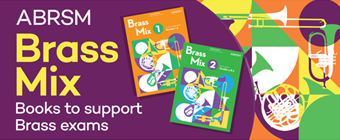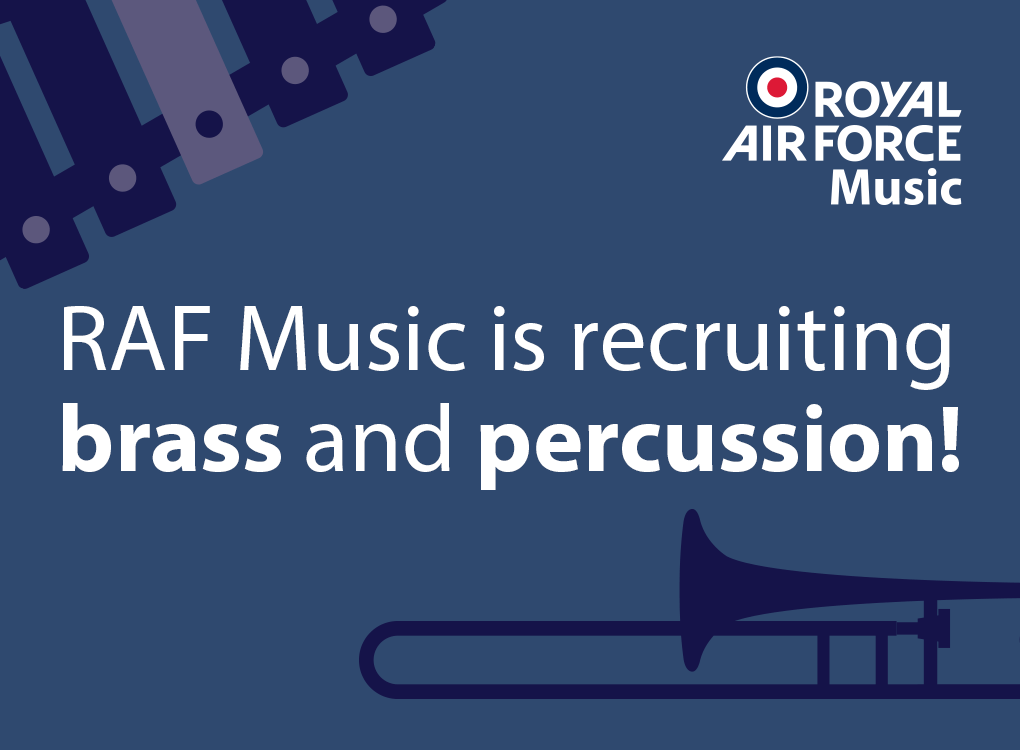
Introduction:
Although the modeling world still believes in all things wafer-thin, there are some bodies that are all the better for having a bit of meat on the bones.
Big can - and should - be beautiful.
So, with just about every other brass instrument seemingly undergoing a redesign, overhaul or even a quick ‘nip & tuck’ job in recent years, it was about time the BBb tuba was given the same treatment.
The problem faced by designers and technicians however, is how do you go about the job?
The basic design of the instrument hasn’t really changed in well over 50 years or more - and whilst there have been improvements made in many models in terms of build quality, it has rather been like asking Sir Christopher Wren to come up with a slightly different shaped roof to St Paul’s Cathedral.
Background:
Yamaha has been giving things more than just a bit of cosmetic thought though with its Neo YBB-632.
The company has a renowned reputation for investing time and resources in the design of its brass instruments - the historic lineage from Maestro, Xeno to Neo is one that has been undertaken with a great deal of consideration.
It is also interesting to note that with the Neo BBb tuba they have used the extensive experience and expertise of leading brass band players such as Simon Gresswell to help with its development.
This instrument hasn’t been created by white coat boffins in a sterile laboratory in Tokyo - but more by the blue collar, no nonsense experts at the brass band coal face.
It is rumored that the initial re-design for the Neo tuba started almost five years ago - and it wasn’t until the Yamaha top brass were convinced it was completely to their liking that it was put into full production two years ago.
So has that time and energy been out to good use?
4BR has had its hands on the Yamaha Neo BBb tuba (YBB-632) for some time now - and given it a thorough road test, looking at our usual four main areas, with a little help from a few friends: Build Quality/Design; Intonation; Ease of blowing/Tone and
Overall Performance/Value for money.
Our overall star rating will be given at the end:
 : Sub standard quality and characteristics in all four areas
: Sub standard quality and characteristics in all four areas
 :Average standard quality and characteristics in all four areas
:Average standard quality and characteristics in all four areas
 : A mix of average and good standard quality and characteristics in all four areas
: A mix of average and good standard quality and characteristics in all four areas
 : Very good standard quality and characteristics in all four areas
: Very good standard quality and characteristics in all four areas
 : Exceptional standard quality and characteristics in all four areas
: Exceptional standard quality and characteristics in all four areas

Build Quality/Design:
Yamaha does build thoroughly impressive instruments - and you would be hard pressed to find fault with the way in which this elegant looking beast has been put together.
Everything about it has that stamp of thoroughness and quality - from solid valve caps and water keys to snug fitting main tuning slides and the silver plate finish. It’s as well braced as an American teenager’s teeth too - so no problems with the piping coming loose from an occasional bump.
What is different though is the design; not revolutionary in any major way - but certainly significantly evolved. It’s a more refined look - less cumbersome, certainly lighter and much better balanced.
It has a slightly larger bell flare (500mm compared to the Sovereign 483mm) but it doesn’t look bulky - more a well toned heavyweight than a pot-bellied ‘super-sized’ leviathan.
That nipped in waistline also allows for more comfortable air intake and chest/abdomen expansion for the performer, with a well positioned leadpipe also in the right place for comfort.
The 4th valve is a revelation. It pops out in the middle of the 4th valve slide and is therefore much easier to reach for bass players who do not have long arms.
Our rather short armed guinea pig was smiling after enjoying a rehearsal without his back aching like a collier who had just completed an eight house shift down the mine.
The valve block has also been given a tweak - the valves themselves being positioned closer together. Their action is smooth and facile, and the handrest is neatly positioned too - given an almost ideal set up for those players who wish to show off their semi-quaver technique!
Overall:
Hard to find fault - and we don’t say that lightly.
Yamaha’s reputation for outstanding build quality is more than maintained here, and the design process has been implemented with a great deal of thought and attention.
It’s a much better looking instrument now - well proportioned as well as balanced.

Intonation:
BBb tubas have always had intonation issues - although the latest batch of top level instruments are miles better than many of their immediate predecessors.
The classic example (even for the most experienced players) has always been the E on the first line of the stave which traditionally has had to be played on third valve on just about any instrument.
We didn’t find any great problems with the Neo it has to be said - and although our ‘in-house’ band section was made up of another York BBb and two Besson EEbs, the instrument blended in very well.
In fact, the tuning was extremely accurate throughout the range - either giving it the ‘full monty’ treatment or when picking a more delicate pathway through the dynamics.
As always, practice makes perfect - and this is an instrument that rewards an experienced player who can manipulate the inherent flexibility of the Neo without having to bend and twist things like Uri Geller.
Any instrument is only as good as the player who puts air through it though - so as good as the Neo undoubtedly is, it can’t rectify intonation problems that are exacerbated through lack of personal practice.
Overall:
More good stuff - focused and accurate, so no real need for a player to master more false fingering techniques than a Turkish masseuse.
The slides are there if you need them - and in the hands of an experienced player that should be more than enough.

Ease of Blowing/Tone:
With the top brass bands now requiring tuba sections that can awaken the Kraken from the depths, any BBb tuba worth its salt should be able to handle pumping out the volume like Lemmy and the boys from Motorhead.
And whilst the Neo can take its fair share of heavy metal abuse (.728” bore compared to .730” on the Sovereign) it is an instrument that rewards a player who knows just when it’s the right time and place to unleash hell on earth.
This is an instrument at its best when in cruise control mode - full fortissimos plus - not unsustainable, gratuitous blasting. A consistent air stream elicits a wonderful response in return - it is so well centred.
In the right hands the sound produced was clear, focussed, rounded and warm (that big bell helps) - right through the range; above and below the stave as well as at the extreme ends of the dynamic spectrum.
It also projected well, with excellent resonance (not too piercing) - so more than suitable for those ‘soloistic’ needs that are now increasingly found in major test pieces.
Overall:
Again - high quality stuff.
Yamaha’s have traditionally been hard work to get to grips with in terms of blowing - very solid but not particularly flexible, but the Neo is a huge leap forward in that department.
This is a very malleable, responsive instrument to play - maintaining its fine tonal characteristics right up to the red line blow limit.
Overall Performance/Value for Money:
This is certainly an instrument that deserves its well earned reputation - and one that has rewarded the hard work and commitment shown in its development.
The build quality has the usual stamp of excellence, whilst on this occasion the usually conservative Yamaha approach to evolutionary design has taken a significant leap forward.
Intonation characteristics are very good, as is the ease of blowing and tone - and it was noticeable that the instrument seemed much more flexible and responsive than we imagined.
However, any instrument is only as good as the player that blows it - and the Yamaha only rewards those who are prepared to put in the hard shifts of home practice as well as band room rehearsals.
It’s an instrument for a player who takes his foundation work in any band seriously.
It comes in around the £6,400 mark (inc VAT) so is very competitively priced against its main rival, the Besson Sovereign, which retails around two grand more.
Overall:
Yamaha may have taken their time on this one - but it has been time very well spent.
We really liked what they have done to the overall package here - especially with its free blowing characteristics. It is an instrument that that takes some beating.
It was very close to getting the ultimate five star rating - and that says something.
Overall 4BR star rating:
 : Very good standard of quality and characteristics in all four areas
: Very good standard of quality and characteristics in all four areas
Specifications:
Yellow Brass:
Height: 1048mm
Bore size: .728” - .787”
Bell: 500mm
For more information about the Yamaha Neo BBb tuba (YBB-632), go to:
http://europe.yamaha.com/en/products/musical-instruments/winds/tubas/bbb-tubas/ybb-632s/?mode=model
Available from:
http://www.band-supplies.co.uk/acatalog/BASSES.html
http://www.normans.co.uk/p-2945-yamaha-neo-bbb-tuba-in-lacquer.aspx
http://www.trevadamusic.co.uk/brass/instruments/bb-tuba/yamaha/632-neo-silver









